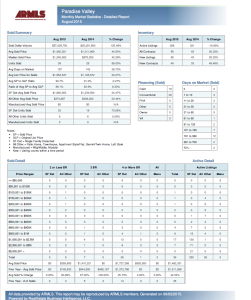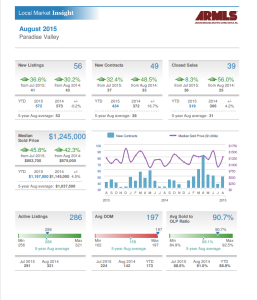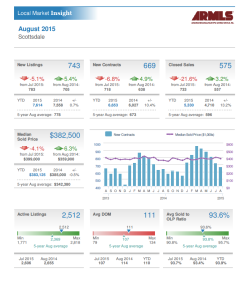 By Joe Szabo, Scottsdale Real Estate Team
While the long summer nights may be coming to a close, your outdoor entertaining opportunities are just getting started. Extend your home beyond your sliding glass door by using an outdoor fireplace to keep the party going. Here are four settings perfect for warming up and chilling out.
By Joe Szabo, Scottsdale Real Estate Team
While the long summer nights may be coming to a close, your outdoor entertaining opportunities are just getting started. Extend your home beyond your sliding glass door by using an outdoor fireplace to keep the party going. Here are four settings perfect for warming up and chilling out.
4 Outdoor Fireplaces Perfect for Fall Entertaining By Joe Szabo, Scottsdale Real Estate Team
 By Joe Szabo, Scottsdale Real Estate Team
While the long summer nights may be coming to a close, your outdoor entertaining opportunities are just getting started. Extend your home beyond your sliding glass door by using an outdoor fireplace to keep the party going. Here are four settings perfect for warming up and chilling out.
By Joe Szabo, Scottsdale Real Estate Team
While the long summer nights may be coming to a close, your outdoor entertaining opportunities are just getting started. Extend your home beyond your sliding glass door by using an outdoor fireplace to keep the party going. Here are four settings perfect for warming up and chilling out.










 If the first frost is in the forecast, make good use of any remaining blooms or foliage by turning them into an impromptu flower arrangement. Then when you have friends over, they’ll think you just throw these things together on a regular basis.
If the first frost is in the forecast, make good use of any remaining blooms or foliage by turning them into an impromptu flower arrangement. Then when you have friends over, they’ll think you just throw these things together on a regular basis.





